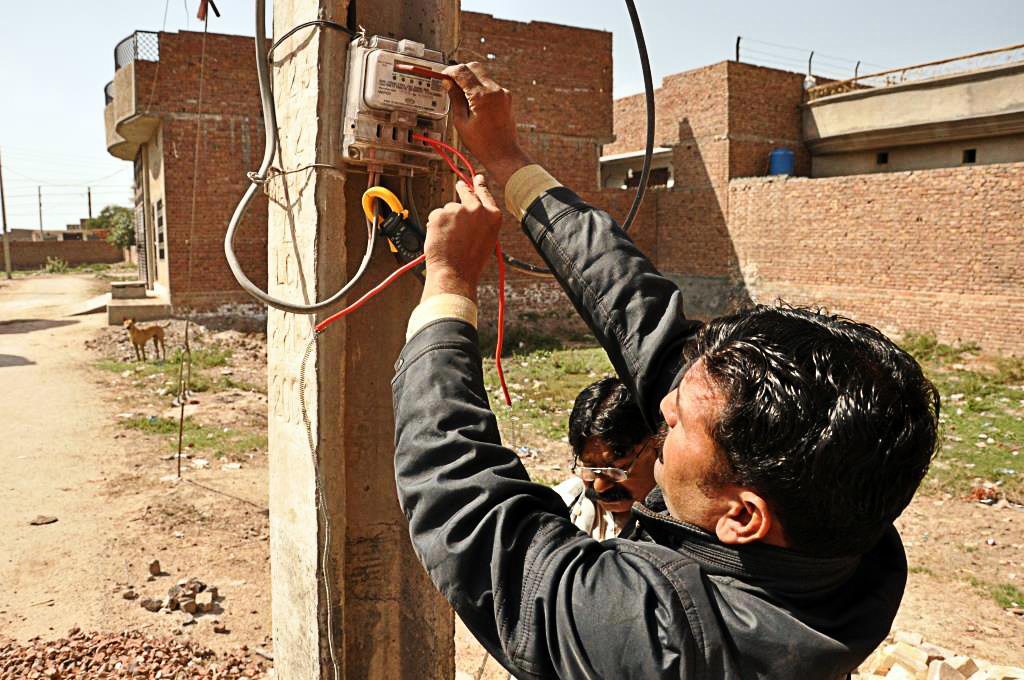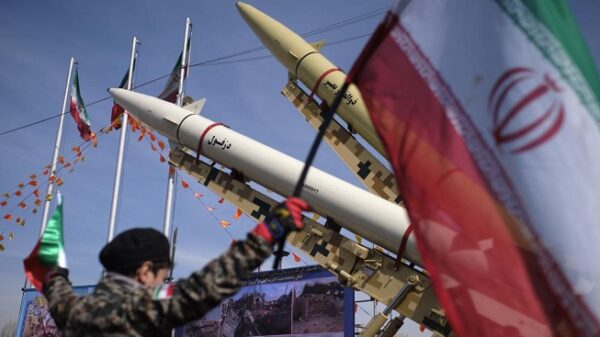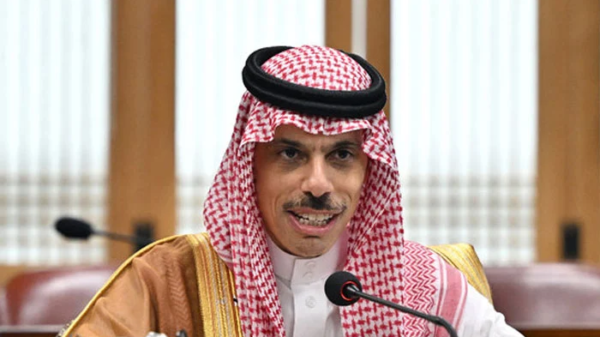ISLAMABAD: Policymakers have approved power subsidy reform measures under which subsidy for 8 million consumers will come to an end in the first phase.
As part of reforms, the government will increase the ceiling for lifeline consumers from 50 units to 100 units per month.
At present, 22 million electricity consumers are getting subsidy. However, it will be limited to 13.9 million consumers, which will be only through the Ehsaas social welfare programme, following the implementation of reforms.
The Economic Coordination Committee (ECC), in its meeting held last week, was told that ideally electricity subsidy for residential consumers should be restricted to the lowest socio-economic class.
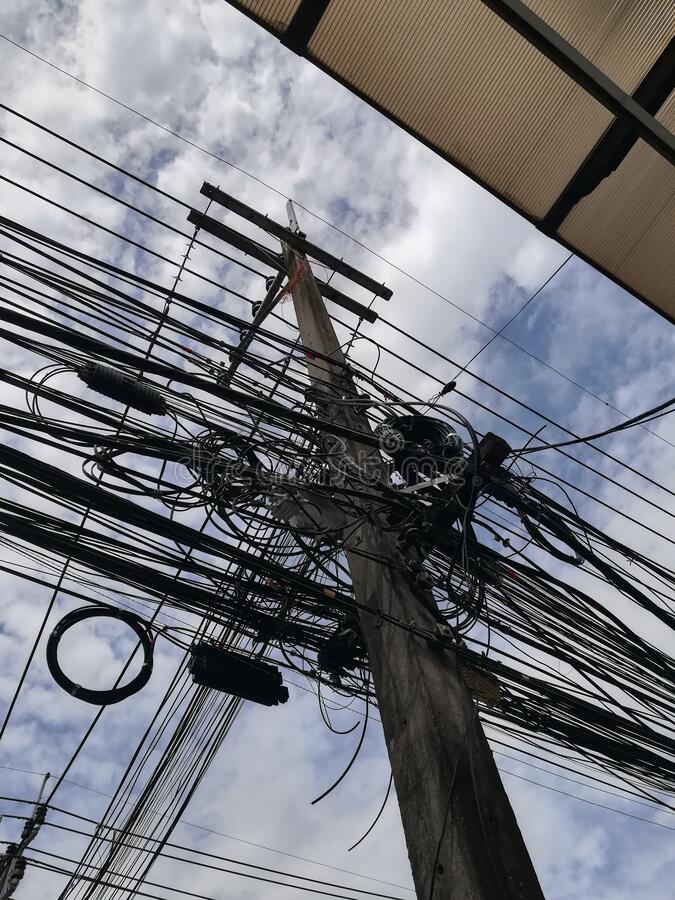
It would be possible to use the Ehsaas socio-economic registry for the provision of power subsidy after the completion of a survey and linking residential electricity meters with the Computerised National Identity Cards (CNICs), the committee was told.
Until then, the electricity consumption could be used as a gauge to determine the socio-economic status of consumers and their eligibility for subsidy. The model had been in use in Pakistan’s power sector for a long time. Electricity was provided at subsidised rates to the users consuming up to 300 units per month.
The current power subsidy and tariff structure, though aimed at providing relief to the low-end consumers, has various elements which make the subsidy untargeted.
These include no exclusion criteria for the most subsidised slabs, consequently consumers with a large asset/ income base become eligible for subsidised electricity during winter months when consumption drops to low levels.
Apart from that, the Incremental Block Tariff structure allows each consumer to take benefit of tariff rates of previous slabs.
The ECC was informed that it was decided in a meeting chaired by Prime Minister Imran Khan on September 16, 2020 that “Power and Finance Divisions as well as Ehsaas will work out details of targeted subsidy for electricity consumers and then move a summary to the ECC for decision on tariff revision.”
Subsequently, in a meeting on February 10, 2021, a two-phase subsidy reform programme was presented to the prime minister and was approved in principle.
In order to make the subsidy for residential consumers more targeted, it was proposed that the exclusion criteria should be applied to the slabs below 300 units per month so that ineligible consumers may not take benefit of the significantly subsidised tariffs for these slabs.
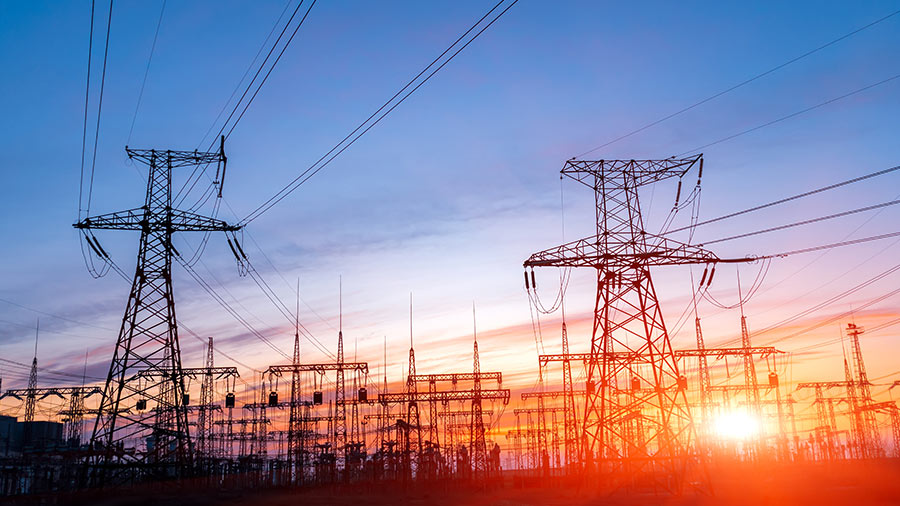
It was proposed that the condition of maximum consumption in the previous 12 months not exceeding the ceiling of each of these slabs may be applied.
It was estimated that under that condition, the number of consumers taking benefit of subsidised tariffs would be limited to 13.9 million as compared to the current 22 million consumers and around Rs42 billion would be saved per year in subsidy expenditure.
At present, lifeline consumers are defined as those whose electricity consumption does not exceed 50 units in a month. They are not only charged the lowest tariff of Rs3.95 per unit but also fuel cost adjustment, financial cost surcharge and Neelum Jhelum surcharge are not applied to them.
It was proposed that the definition of lifeline consumers may be revised to include those whose monthly consumption does not exceed 100 units. No tariff reduction was proposed for the consumers falling in the expanded slab, but they would be protected from surcharges in future.
The Power Division submitted the following proposals in a summary for ECC’s consideration and approval as the first phase of subsidy reforms:
The expanded definition of lifeline consumers will include residential non-Time of Use (ToU) consumers having maximum last 12 (or six)-month and current month consumption of 100 units. Two rates for 50 and 100 units will continue.
Residential non-ToU consumers having maximum last 12 (or six)-month consumption of 100, 200 or 300 units will be eligible for subsidised rates of the relevant slab.
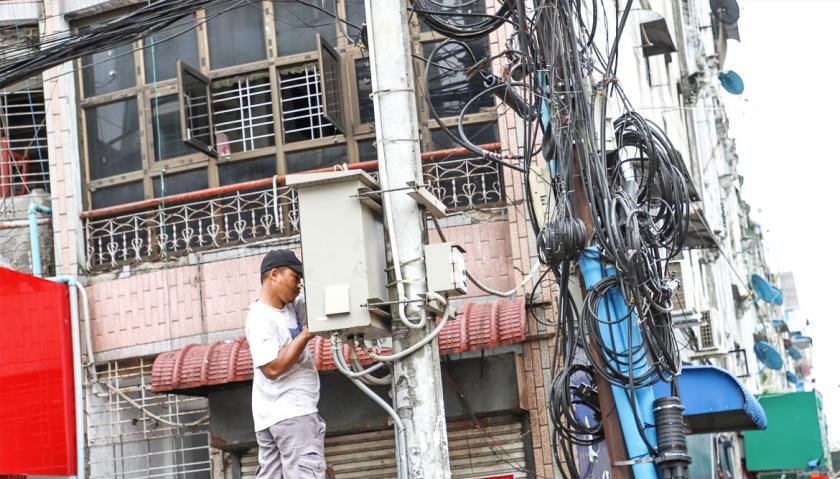
Residential non-ToU consumers having maximum last 12 (or six)-month consumption of 200 or 300 units (subject to analysis), currently being billed at subsidised rates in low consumption months, will be billed as per a mechanism designed to ensure that ineligible consumers don’t receive high subsidy amounts and the price shock to such consumers is minimised.
Tariff slab for 301-700 units per month will be broken into two or more slabs, with the lower in these slabs charged at a lower rate.
The Power Division will complete an analysis on the basis of above principles and submit specific proposals to the ECC by March 31, 2021. Such changes may be implemented with effect from June 1, 2021.
The ECC approved the summary titled “Re-targeting of Power Sector Subsidies Phase-I”.


